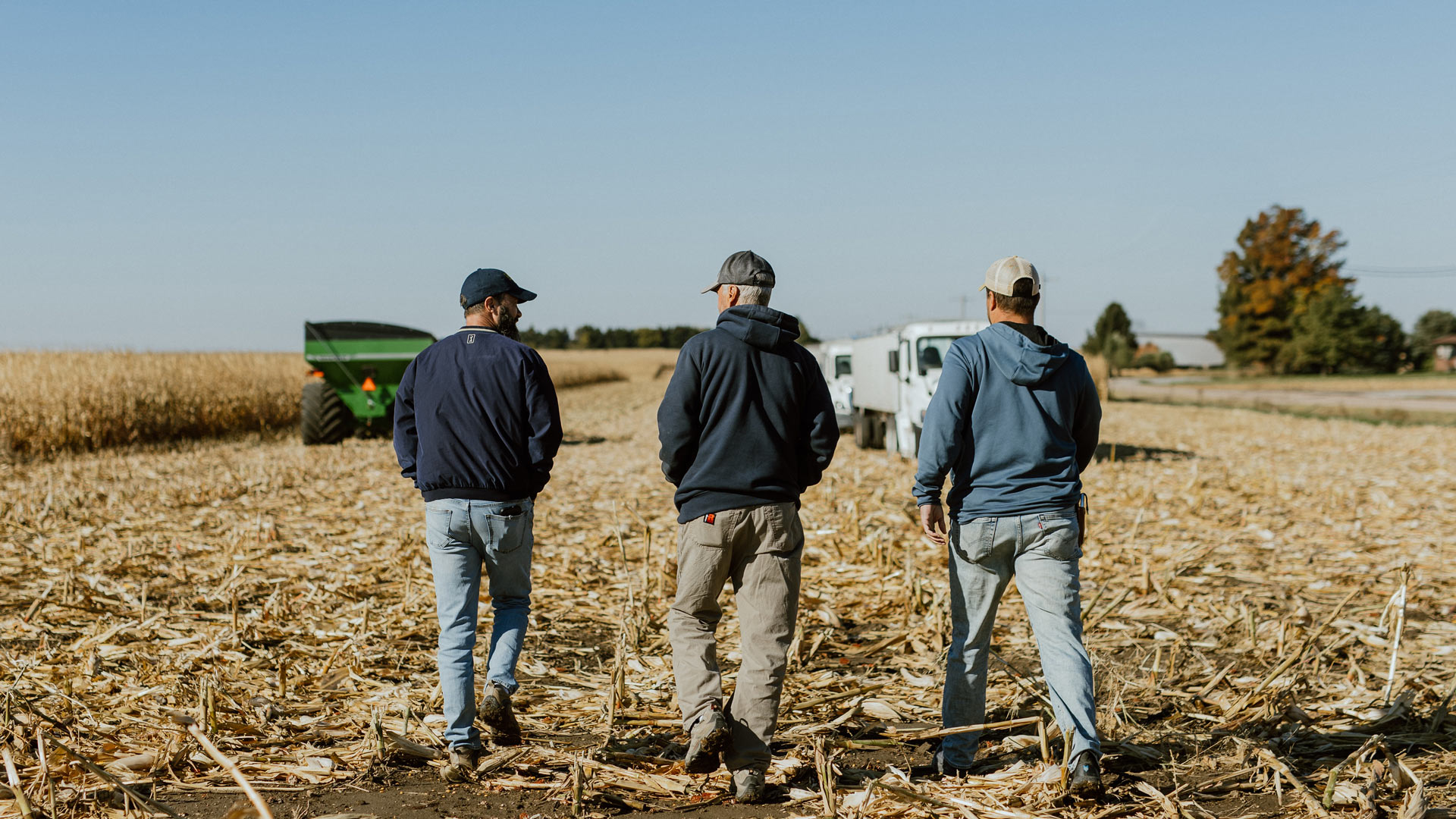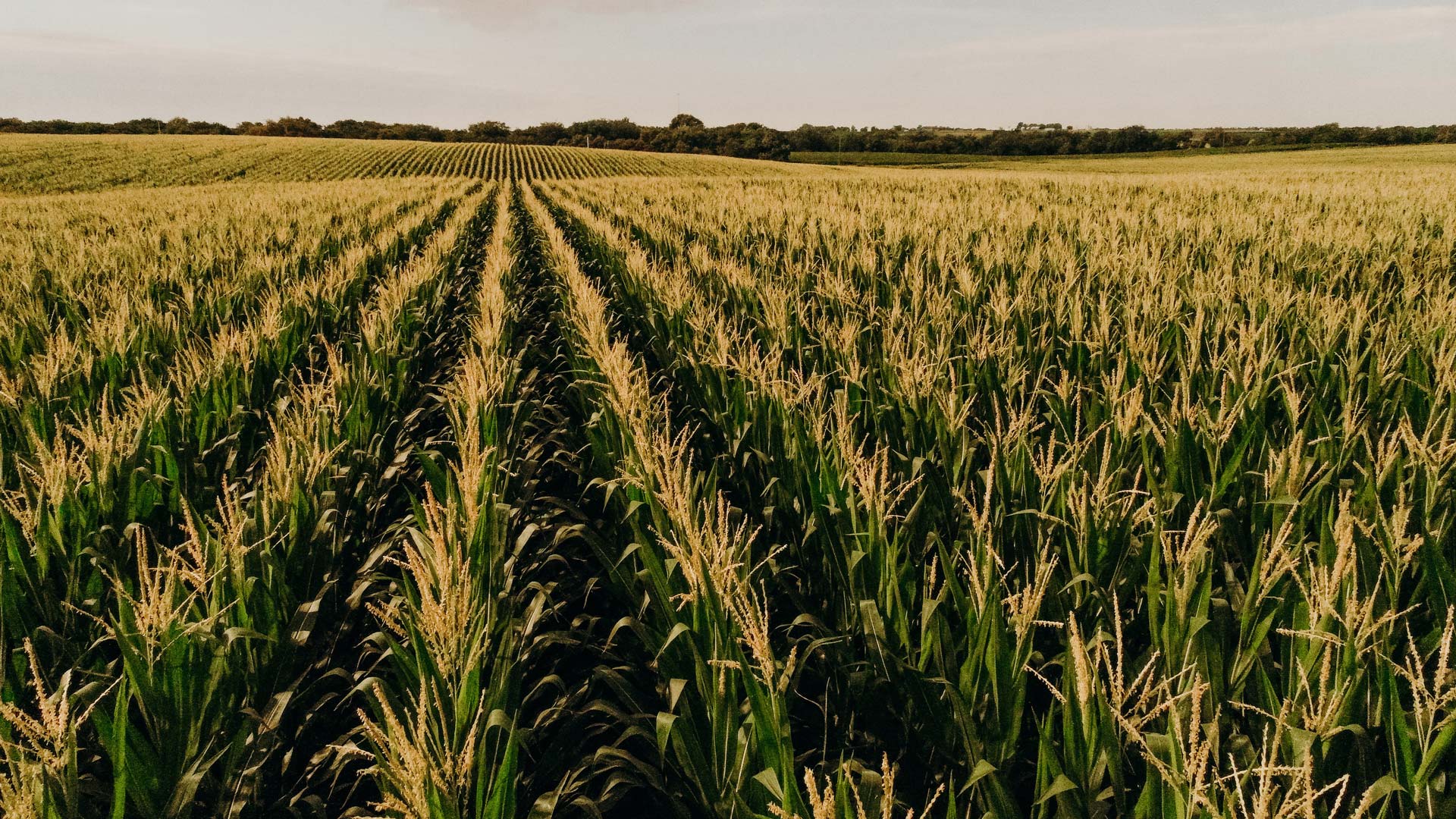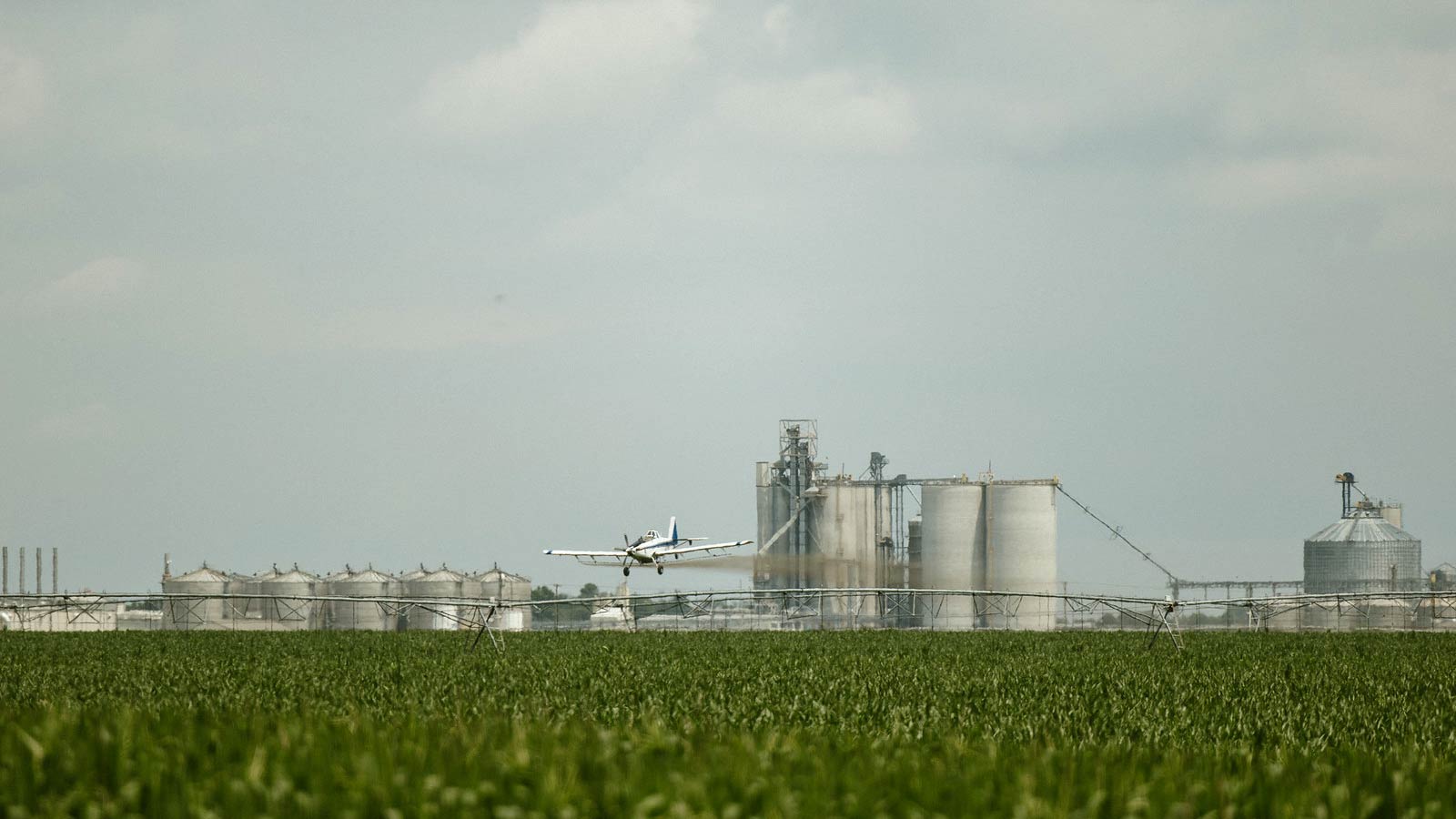In a world where we are more connected than ever, there’s a growing movement among consumers to know more about where food comes from.
Amid this growing desire for transparency and sustainability, the idea of buying locally grown food has become more than just a passing fad. Fueling this movement is the concept of food traceability, which refers to the ability to track and trace food products throughout the entire supply chain, from production to consumption. It involves documenting and monitoring the movement of food items, including their origin, processing, storage and distribution.
Food traceability strengthens food safety because officials can identify and address potential hazards or contamination incidents promptly. It also supports quality control and assurance, and also increases trust in the food industry.
By providing accurate information about the origin of a food item and the journey it took to your dinner plate, traceability fosters a stronger connection between consumers and producers.
Why Does It Matter Where Food Comes From?
Food safety is one of the main reasons for the interest in food traceability, but it is hardly the only benefit. Another is an increasing interest in buying locally grown food.
Due to widespread agricultural trade, it’s not unusual to find fruits, vegetables or other food items in a grocery store that were grown in other countries and shipped long distances. For many, buying locally produced food is a way to make sure they’re getting the freshest food available and supporting the local economy. It’s also a way to reduce their carbon footprint or find growers who use sustainable farming practices.
For example, Nebraska sweet corn sold during the summer at a farmer’s local produce stand traveled far less than sweet corn trucked up from southern states to the Midwest. In addition, when you buy locally grown sweet corn from the farmer, the money stays in the local community and supports the rural economy. It could be supporting a family, a little league baseball team or the local 4-H chapter.
What Foods Are Grown in Nebraska?
Many foods are grown in Nebraska and are part of a healthy diet for you and your family. Nebraska is the leading producer of popcorn and is also a major producer of sweet corn. It also is the No. 1 producer of white corn, a variety of corn that is used to make corn-based food products such as tortilla chips.
Nebraska ranks third in the country for the production of field corn. While humans don’t eat field corn fresh, it is used to feed livestock such as cattle, hogs and chickens. Beef cattle make up the largest sector of Nebraska’s agricultural economy, and the state annually ranks among the top beef-producing states in the country. The availability of locally grown corn for livestock feed and quality feed additives—such as ethanol co-products corn gluten meal and distillers grains—is integral to the success of Nebraska’s beef industry.
Nebraska also leads the country in production of dry beans, with the state’s farmers growing Great Northern beans, pinto beans, black beans, kidney beans, navy beans and pink beans. It also is a major producer of soybeans, wheat, poultry, eggs, sugar beets and dairy products.
Overall, Nebraska is one of the top five agriculture-producing states in the country. It ranks third behind No. 1, California, and No. 2, Iowa. It ranks ahead of fourth-place Texas and fifth-place Illinois.
What Does Farm-to-Table Mean?
In recent years, there’s been a growing trend to promote “farm-to-table” eating. Also called “farm-to-fork,” it promotes serving locally grown food in restaurants and school cafeterias. But it’s not just about proximity. The movement is also driven by an emphasis on food safety, freshness and traceability.
How Can You Tell Where a Food Product Comes From?
Food labels are required to have at least some information about where the food was produced. This requirement only includes the food’s country of origin, not the state, although some food companies voluntarily include information about the state a food product was grown or packaged. In addition, some federal food-distribution programs also retain information about the state of origin.
Foods that are distributed as part of the USDA Foods nutrition program, for example, must be grown in the U.S. All of the roughly $2 billion worth of meat, poultry, fish, fruits, vegetables, flour, cereals and dairy products distributed through the program also must have state of origin reports on file with the federal agency. This includes foods the USDA distributes to food banks, the National School Lunch Program, The Emergency Food Assistance Program and many more programs.
More than 11.1 million pounds of food distributed in the USDA Foods program in 2020 came from Nebraska, according to the most recent report available from the USDA.
How Can I Buy Food from Local Farmers?
One of the best ways to buy food from local family farms is to visit your local farmers market. Not only is it a great place to find local produce, meats and other food products—it’s also an opportunity to talk to the women and men who grow and produce the food. Farmers are passionate about the food they grow and raise and are usually more than happy to answer questions about their products and farm.
Another way to find local food is through food cooperatives, which are like grocery stores owned by community members. They often feature locally grown food and have local farmers, ranchers and other food producers as members of the cooperative.
In addition, more and more Nebraska ranchers are selling their home-grown beef, pork and chicken directly to consumers via their own websites. With a quick web search, for example, consumers can find a wealth of high-quality, Nebraska-raised meat they can buy directly from the ranchers who raised the animal.
For those who want to know about how the food was produced, many ranch websites also include the history of the ranch, their philosophy or mission statement, pictures of the animals and facility, information about the breed of livestock they specialize and details about how their animals are raised. Many of those livestock are fed diets that include nutritious Nebraska corn!
Related Posts
How Precision Agriculture Takes Corn Farming into the Future
Precision agriculture is revolutionizing the way Nebraska corn farmers grow their crops. By using advanced technology and data analytics, growers are able to maximize yields while minimizing waste. This new approach is helping Nebraska [...]




